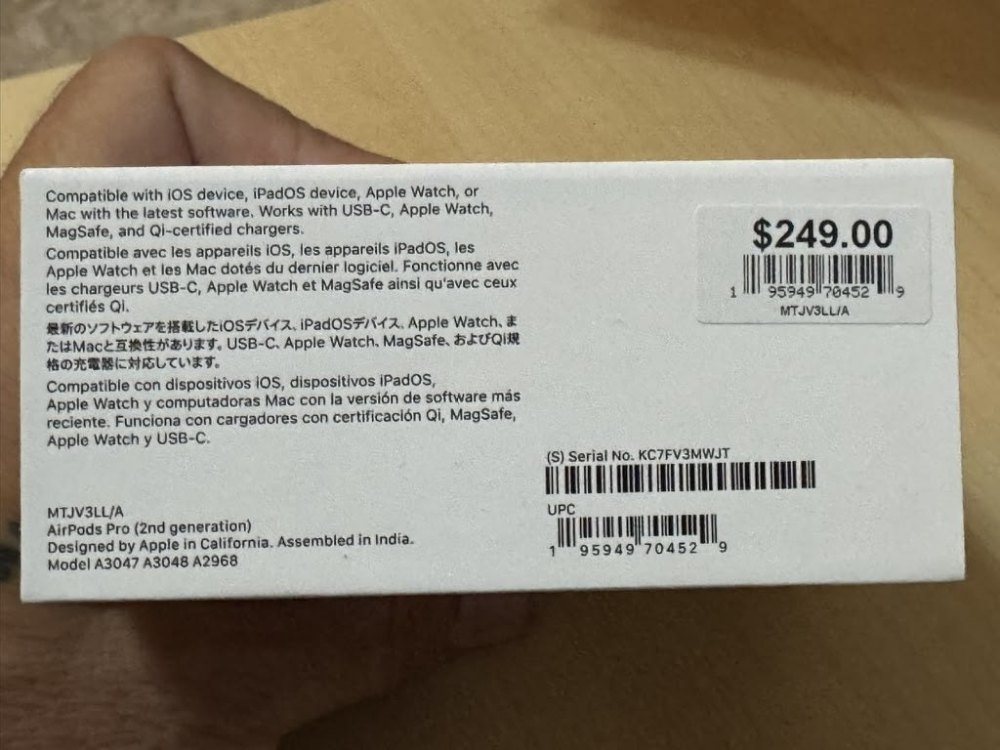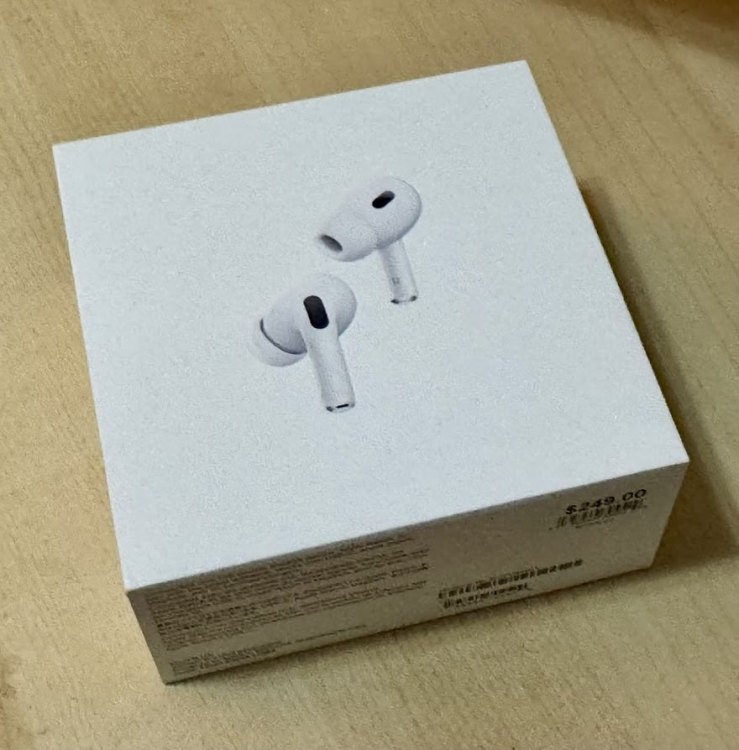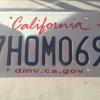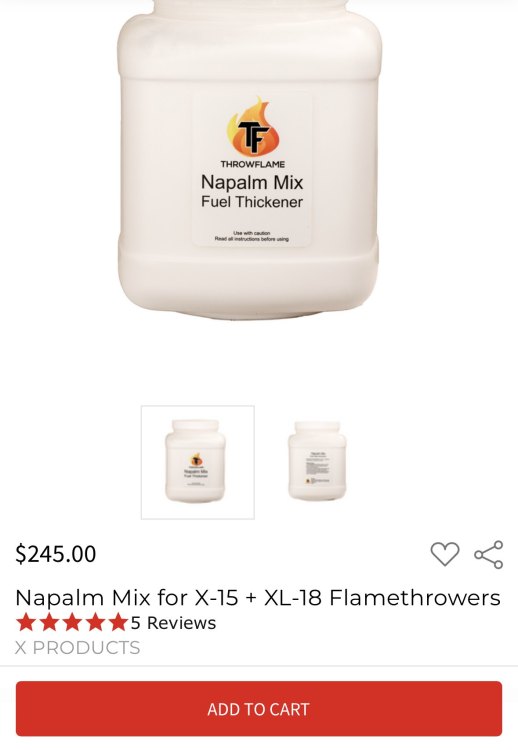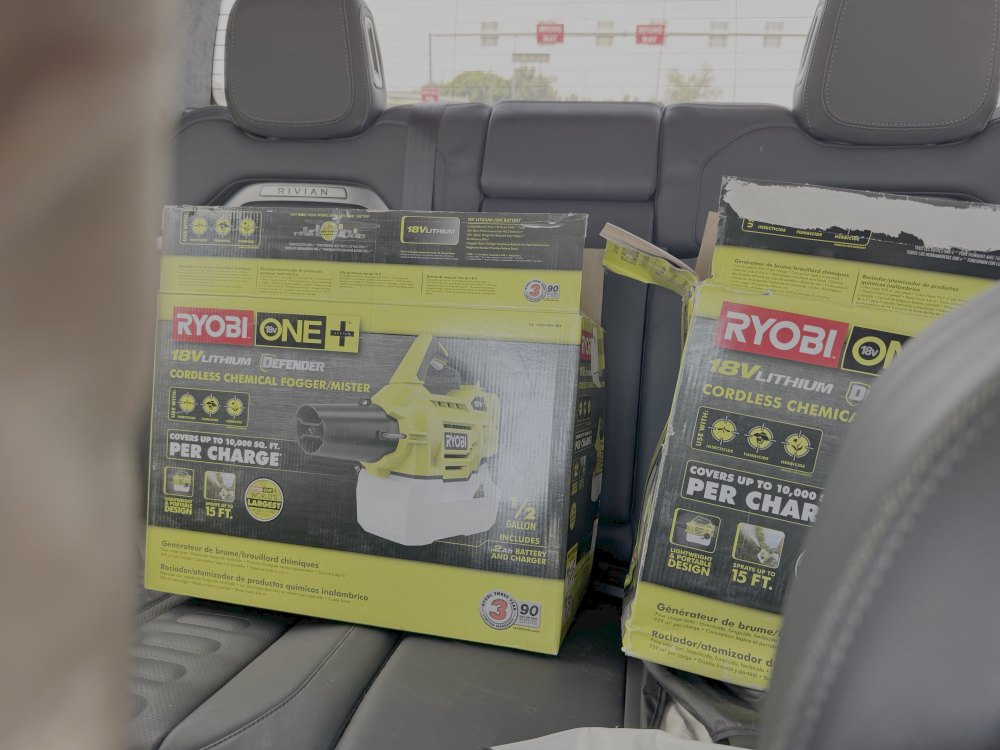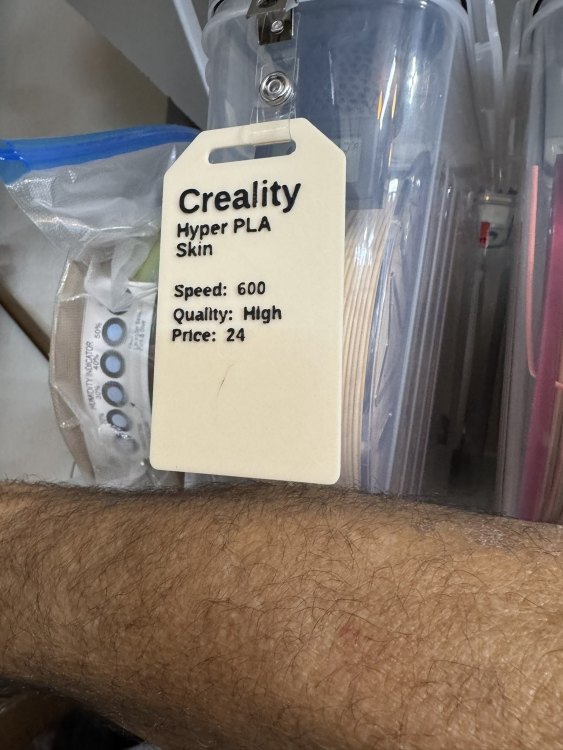All Activity
- Today
-
If the oil and coolant isn't mixing, just top it off and keep an eye on it. You could put compressed air in each cylinder and listen for sounds but it might be just what Joe said.
-
paul99xx started following Think I might need a head gasket...
-
Nothing in your coolant or oil, I would suspect it is just local condensation contaminating the oil and sequestering in the PAIR galleys.
-
I was doing some general work and had the airbox off. Putting it back on, found the breather hose & the PAIR hose from the airbox were slightly perished, mostly the PAIR one. Ordered a new breather hose, (and cush drive rubbers while I was at it), but the PAIR hose is 'no longer available'. So I decided I might as well grab some block off plates instead... All went ok, but when I removed the PAIR inlets on the head, the 3 inlet had forbidden chocolate milkshake present. All others are ok. I immediately checked coolant and oil, no contamination present in either, and the interior of the cylinder looks ok too. Coolant reservoir is a little low, though...
- Last week
-
Luckily it rarely lands, joke's on them. Or if it seems like it could, deploying weaponized autism can be fun.
-
Always helpful to never assume intent, at least as a default. We know many people who don't have the balls to speak truthfully and will tip toe around the jab they are intending at you.
-
LOL, I know I have that, but will defend the concept that literal works much better in writing than assuming intent and emotion. If you read ONLY the words I type, you will understand MORE, not less. And I do the same, so sometimes people who want others to assume unstated things get frustrated.
-
I find so much inflection can be lost when writing/reading too (#textlife). I have been accused many times over the years of taking things too literally, makes me wonder if I might have a condition, ha! One of my brothers is a gym rat so I hear stuff from him, but I took the no drugs no shortcuts part as being about not taking testosterone… that’s what my bro talks about.
-
Yeah, you are right. I chose to be offended.
-
There are two ways to parse most things in English. I have often pointed that out here, in many contexts. It's frustrating when someone interjects intent and judgement into otherwise neutral language. Option 1: Drugs = shortcuts Shortcuts = personal failure/weakness OR...just as written, no drugs were used, end of sentence. Also, no other shortcuts were used. No judgements made. Move more, eat less. Which if you're using drugs or other "shortcuts" you kinda need also anyway. They all work together. For some people, there absolutely is a stall on the "no drugs no shortcuts" method and now we have the data to prove that.
-
Sorry about your ego. I didnt say - or in my mind even imply that people who get there a different path are less. I just shared MY path. You chose to be offended by it.
-
https://www.msn.com/en-us/health/other/alphabet-s-isomorphic-labs-has-grand-ambitions-to-solve-all-diseases-with-ai-now-it-s-gearing-up-for-its-first-human-trials/ar-AA1I44pq Alphabet’s Isomorphic Labs is preparing to launch human trials of AI-designed drugs, its president, Colin Murdoch, told Fortune. Born from DeepMind’s AlphaFold breakthrough, the company is pairing cutting-edge AI with pharma veterans to design medicines faster, cheaper, and more accurately.
-
I missed the question before. It has a different, and dare I say it, more fluid impact. It can impart both more force but less trauma on the part being hit. I have no idea if it's quieter, but logic says it must be. These tools aren't loud so I don't imaging anyone cares. This isn't a 1/2" oogga-doogga impact. I'm still lusting for this but best I can find is just over $180 on eBay, so nah.
-
Damn. Apparently your president loves the Chinese mosquitoes.
-
-
I think I've figured the perfect thing to use, napalm!
- Earlier
-
Don't know. Chinese tiger mostly. Which is why my ground-based treatments are 90% effective at least, and last a long time. No. Fuck off with a place that has either snow or bug season and nothing nice.
-
LOL, though this year I've had a lot less sun than usual and I feel ... white. Hopefully it's enough to keep me from getting a free one way ticket to Guatemala?
-
True but your not exactly an Irish red head either. 😃
-
What genus and specie? Flys Mosquitos June Bugs? ...try Northern MN during black fly seasons.
-

FS: 2012 Kawasaki Concours, asking $5000.00
blackhawkxx replied to 02XXCA's topic in The Sales Floor -- For Sale/Wanted
OK. I guess the memory was off. -
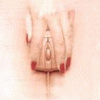
FS: 2012 Kawasaki Concours, asking $5000.00
SwampNut replied to 02XXCA's topic in The Sales Floor -- For Sale/Wanted
He bought a bike here from Tom, then rode home. But PA was a rental. -

FS: 2012 Kawasaki Concours, asking $5000.00
02XXCA replied to 02XXCA's topic in The Sales Floor -- For Sale/Wanted
It was a rental from Rideshare. -
The garage was annoyingly full of them the day after you left. I had fogged the day before you got here. Marty's gets less of them but sometimes they are super annoying there. I got him a fogger yesterday, I'm tired of it. And another for myself, because the electrostatic one in the back yard is having problems again, piece of shit.
-
For everyone else, this is reference to the "skin" filament I got from China which is "SLIGHTLY" pale...






